Navigating Cultural Diversity in IT Staffing
In today’s interconnected world, cultural diversity has become an integral part of every industry, including the fast-paced and constantly evolving field of information technology. As technology continues to break down geographical barriers, organizations are increasingly recognizing the benefits and challenges of having a diverse workforce. In the IT staffing arena, where complex challenges in the information systems sector demand innovative talent solutions, bridging the gap between different cultures is not just an option; it is necessary for success.
Expanding the Talent Pool
One of the primary benefits of cultural diversity in IT staffing is the access to a broader talent pool. By actively seeking individuals from various cultural backgrounds, organizations can tap into a range of unique skillsets and problem-solving approaches. For example, someone from a collectivist culture may excel at collaborating and building strong relationships, while someone from an individualistic culture may be adept at independent problem-solving. By embracing cultural diversity, organizations can build a team that possesses a wider range of skills and perspectives, enhancing innovation and driving business growth.
However, expanding the talent pool through cultural diversity also comes with its challenges. Cultural differences can lead to misunderstandings and hinder collaboration if not properly managed. One way to overcome this challenge is to create a culture of open communication and teamwork. Encouraging team members to share their perspectives and actively seeking input from diverse team members can foster understanding and promote effective collaboration. Additionally, providing cross-cultural training can help employees develop the necessary skills to navigate cultural differences and work together harmoniously.
Fostering Creativity and Adaptability
Diverse teams have been found to be more creative and adaptable, making them especially valuable in the constantly changing digital landscape. When individuals from different cultural backgrounds come together, they bring a multitude of perspectives, experiences, and ideas. This diversity of thought can lead to innovative solutions and approaches that may not have been considered otherwise.
To foster creativity and adaptability in culturally diverse IT staffing teams, it is crucial to create an inclusive and psychologically safe environment. This includes actively encouraging employees to share their ideas without fear of judgment or criticism. Allowing for multiple perspectives to be heard and considering diverse viewpoints in decision-making processes can lead to more robust outcomes. It is also essential to provide ongoing support and resources for professional development, ensuring that employees have the necessary skills and knowledge to adapt to new technologies and changing industry trends.
Addressing Unconscious Biases
Unconscious biases can hinder the effective management of cultural diversity in IT staffing. These biases are often ingrained and unintentional, but they can lead to unfair treatment and hinder the full potential of a diverse workforce. Addressing unconscious biases requires self-awareness and a commitment to creating a fair and inclusive work environment.
Organizations can implement strategies such as blind recruitment, where identifying information such as name and age are removed from resumes during the initial screening process. This can help mitigate the impact of unconscious biases and ensure that candidates are evaluated based solely on their qualifications and skills. Additionally, diversity and inclusion training programs can raise awareness about biases and provide employees with tools to challenge and overcome these biases in their decision-making processes.
Building an Inclusive Culture
Creating an inclusive culture is essential for effectively managing and harnessing the potential of a culturally diverse IT staffing workforce. An inclusive culture not only embraces and celebrates cultural differences but also ensures that all employees feel valued and supported regardless of their background.
To build an inclusive culture, organizations can implement initiatives such as affinity groups or employee resource groups. These groups provide a platform for employees with shared cultural backgrounds or interests to connect, share experiences, and provide support. In addition, mentorship and sponsorship programs can help individuals from underrepresented backgrounds advance in their careers by providing guidance, support, and opportunities for growth. By fostering inclusivity, organizations can create a sense of belonging and empower employees to bring their authentic selves to work, resulting in higher engagement and productivity.
Conclusion
Navigating cultural diversity in IT staffing requires a proactive approach, built on understanding, empathy, and inclusivity. By expanding the talent pool, fostering creativity and adaptability, addressing unconscious biases, and building an inclusive culture, organizations can unlock the full potential of their culturally diverse teams. In the fast-paced and ever-evolving field of information technology, embracing cultural diversity is not just a matter of moral obligation but a strategic imperative for success in the digital age. By taking actionable steps to navigate cultural diversity, organizations can gain a competitive edge in the talent market.
At VorTek Systems, we understand the significance of cultural diversity in IT staffing. With over 20 years of expertise in the IT sector, we excel in connecting organizations with top IT talent across various levels. Our commitment to addressing the rapidly evolving demands of the digital arena showcases our comprehensive understanding and capability in the field. Partner with VorTek Systems to navigate the complexities of cultural diversity and build a diverse and impactful IT team that propels your organization forward in the digital age.





